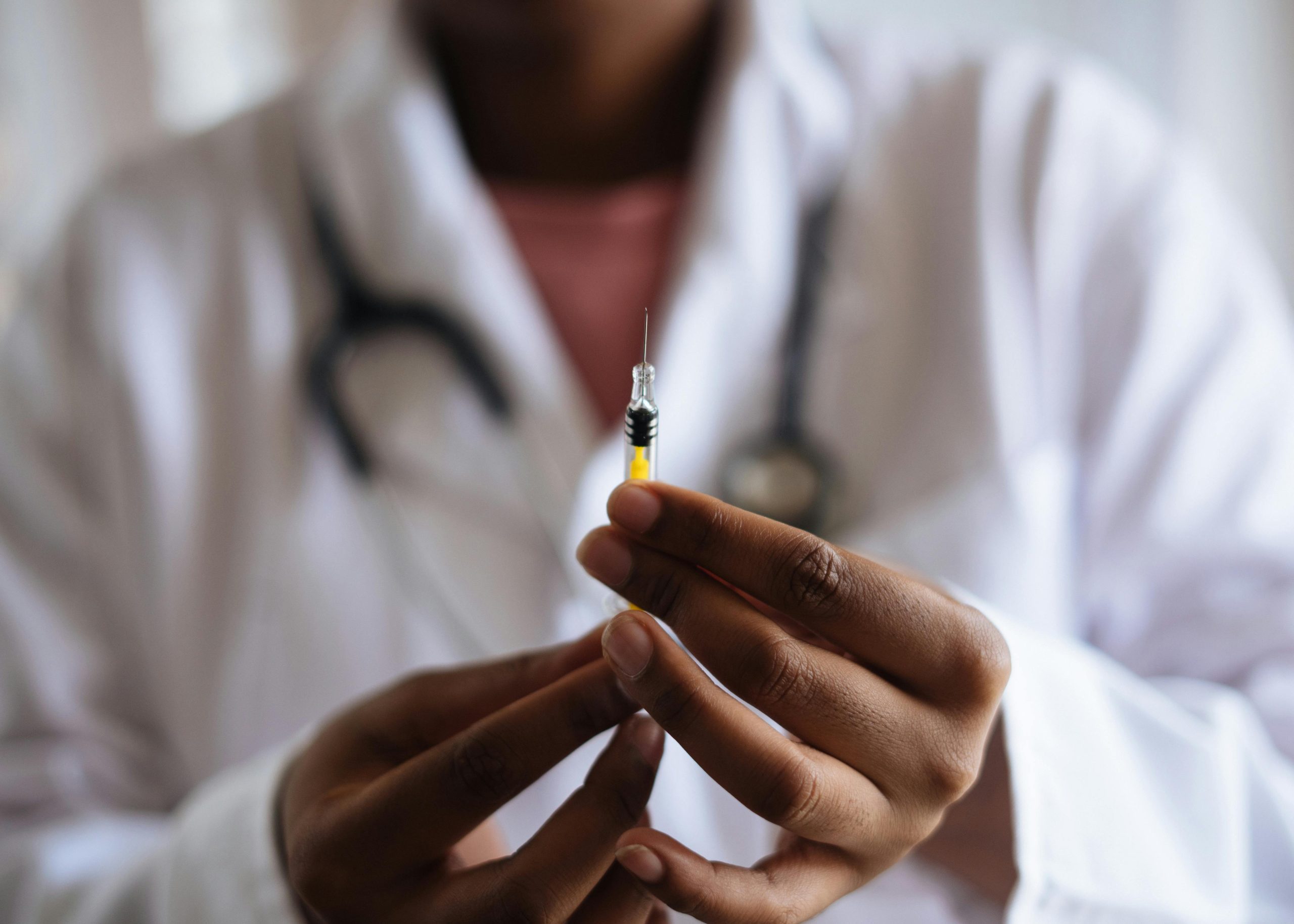When you transition from using either prescribed or nonprescribed opioids to Suboxone (buprenorphine/naloxone) therapy, the first few days of treatment are called the induction phase. Induction is not an easy phase on the road to recovery from opioid use disorder (OUD), so it’s helpful to know what to expect during this time and what can be done to ease withdrawal symptoms. Here we’ll explain the Suboxone induction phase of MOUD treatment.
What are the phases of Suboxone therapy?
Suboxone (buprenorphine/naloxone) is a medication for opioid use disorder (MOUD) used to help patients stay off of opioids and find recovery. When adopting a regimen of buprenorphine therapy, patients go through 3 phases:
- Induction: You take your first doses of Suboxone, monitored by your doctor
- Stabilization: You’ve stopped or reduced opioid use and are experiencing very few side effects or none at all
- Maintenance: You’re doing well on your maintenance dose
Note: The maintenance phase lasts as long as you need it to. Some patients may opt for tapering their Suboxone dose after an adequate period of sobriety. Others remain on a maintenance dose of Suboxone indefinitely.
What is the purpose of the Suboxone induction phase?
The induction phase uses Suboxone to prevent the symptoms of opioid withdrawal that occur when you stop using opioids; it also helps your doctor determine the appropriate dose of Suboxone that you require for adequate treatment.
Can I go through the induction phase at home?
Yes. Most patients undergo the induction phase at home. Going through the induction phase in the comfort of your home is often helpful.
What are the steps of the induction process?
Traditionally, before starting induction, you must stop using opioids for a certain amount of time. The specific amount of time depends on what kind of opioid and how much of it you have taken. If you have taken an immediate release of a genuine pharmaceutical opioid (e.g., prescription Percocet or Vicodin), you’ll need to wait at least 8 hours before starting Suboxone. If you have taken an unprescribed opioid or long-acting prescribed opioid (e.g., methadone, Oxycontin, or MS Contin) the wait time is frequently 36-48 hours, or possibly longer.
How do I avoid a difficult transition to Suboxone?
Methadone and fentanyl can be the most difficult drugs to transition from.
The longer you wait after your last dose of these opioids to start Suboxone, the better it is for preventing precipitated withdrawal. Unfortunately, the longer you wait, the more opioid withdrawal you go through and the higher your risk for relapse and overdose.
When transitioning from methadone or fentanyl, alternative induction strategies may be considered if traditional induction protocols are not effective for you.
Methadone and fentanyl can be the most difficult drugs to transition from.
The longer you wait after your last dose of these opioids to start Suboxone, the better it is for preventing precipitated withdrawal. Unfortunately, the longer you wait, the more opioid withdrawal you go through and the higher your risk for relapse and overdose.
When transitioning from methadone or fentanyl, alternative induction strategies may be considered if traditional induction protocols are not effective for you.
It’s important to note that many people who use potent opioids have experienced precipitated withdrawal when switching to Suboxone, despite waiting more than 72 hours after their last use, likely because the opioid remained in their body for longer than anticipated. That is why it’s important to use a verified scale, like the Subjective Opiate Withdrawal Scale (SOWS), to determine the level of opioid withdrawal. Guidelines recommend initiating buprenorphine once a patient is experiencing moderate withdrawal symptoms after tapering or stopping use of a full opioid agonist.
What is the SOWS Score?
SOWS is a measurement tool, completed by the patient, that assigns a number to the intensity of your withdrawal symptoms:
– Score of 1-10 = mild withdrawal
– Score of 11-20 = moderate withdrawal
– Score 21 or greater = severe withdrawal
Day 1 of induction often starts with a 4 mg sublingual dose of buprenorphine/naloxone followed by a second 4 mg dose about three hours later. However, studies have shown that using multiple 2 mg doses of buprenorphine for patients in mild or moderate withdrawal can better prevent precipitated withdrawal, especially in those with a higher level of physical dependence.
Can precipitated withdrawal be avoided?
One of the most dreaded scenarios of the induction phase is precipitated withdrawal. This happens when the existing opioids in your body are replaced with buprenorphine, causing severe withdrawal symptoms.
Avoiding precipitated withdrawal largely depends on timing. If induction is timed correctly, the opioids in your body will wear off before beginning the buprenorphine induction. If not timed correctly, there will still be opioids in your system and the buprenorphine will force them out, causing withdrawal. That’s why it’s so important to be as accurate as possible regarding the type, timing, and dose of the last opioid drug you took.
How do I get started with Suboxone for opioid use disorder?
QuickMD offers treatment for opioid use disorder (OUD) via telemedicine and if buprenorphine is a part of your treatment, we can send a prescription for Suboxone, Zubsolv, or whichever form is paid for by your insurance to a pharmacy near you. Get in touch today to talk with a doctor about your MOUD treatment options.














